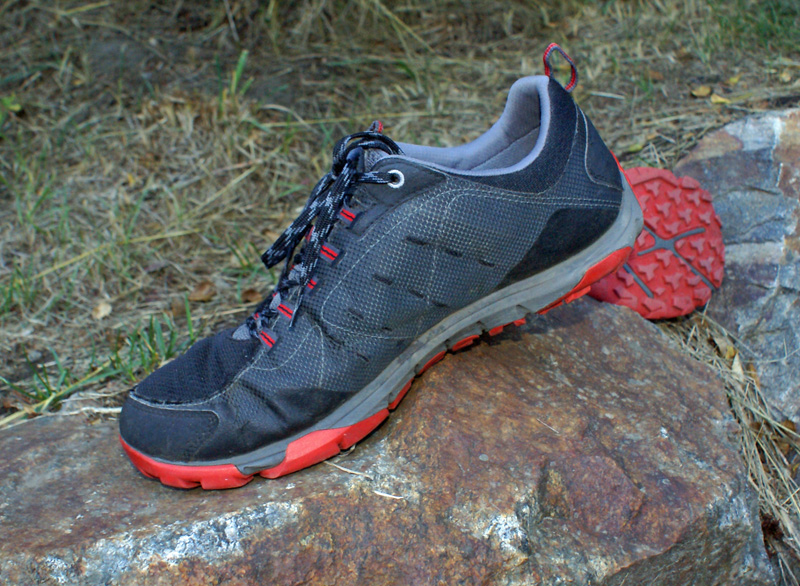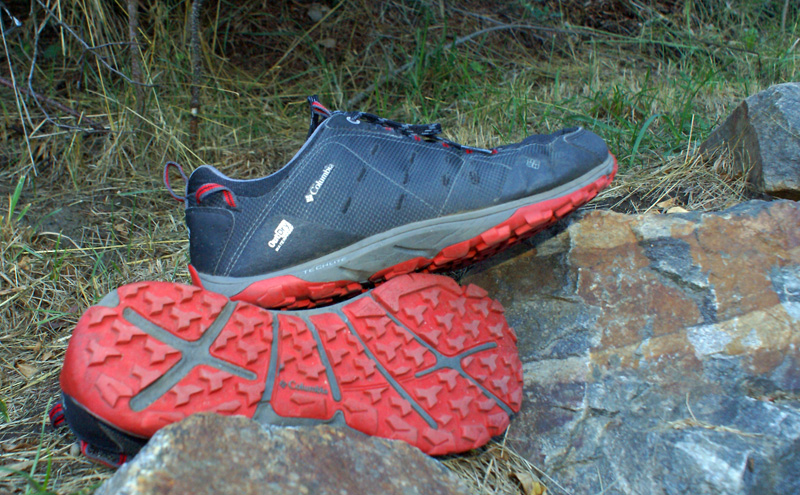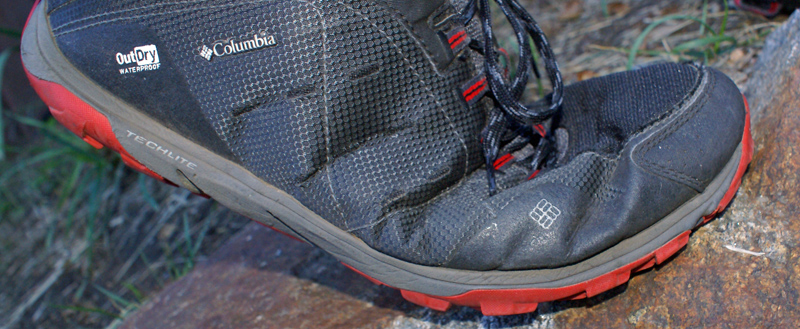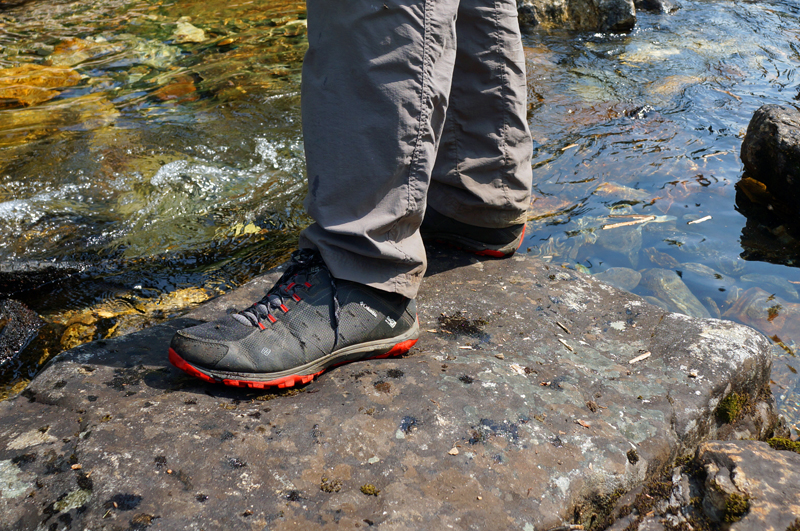When it comes to hitting the trails, one of the biggest decisions you’ll need to make is what type of footwear to wear. While some hikers swear by traditional hiking boots, others prefer trail runners. So, what are the benefits and downsides of each option? Let’s take a closer look.

Hiking Boots: The Benefits
Hiking boots are designed to offer plenty of support and protection. They often have thick, sturdy soles that provide excellent traction and stability on rough terrain. Hiking boots also tend to have high ankle cuffs that help prevent ankle injuries, which is especially important when carrying a heavy backpack.
Another benefit of hiking boots is their durability. High-quality boots can last for years, making them a worthwhile investment for frequent hikers. They’re also a good choice for backpacking trips, where you’ll be carrying a heavy load and need all the support you can get.
Hiking Boots: The Downsides
One of the downsides of hiking boots is their weight. They tend to be heavier than trail runners, which can make them more tiring to wear over long distances. They also tend to be more rigid, which can limit your range of motion and make it harder to move quickly over uneven terrain.
Another downside of hiking boots is their cost. Quality hiking boots can be expensive, which may be a barrier for some hikers. They also tend to require more breaking in than trail runners, which can be a pain for those who want to hit the trails right away.

Trail Runners: The Benefits
Trail runners are designed to be lightweight and breathable, making them a good choice for hikers who prioritize speed and agility. They’re also generally more comfortable than hiking boots, thanks to their flexible, form-fitting design.
Another benefit of trail runners is their versatility. They can be worn for a variety of outdoor activities, from hiking to trail running to climbing. This makes them a good option for hikers who want a single pair of shoes that can do it all.
Trail Runners: The Downsides
One of the downsides of trail runners is their lack of support. While they may offer enough protection for shorter hikes, they’re not the best choice for more rugged terrain or heavy backpacking trips. They also tend to wear out faster than hiking boots, which can be a drawback for frequent hikers.
Another downside of trail runners is their lack of waterproofing. While some models may be water-resistant, they’re generally not as effective as hiking boots at keeping your feet dry in wet conditions. This can be a major issue if you’re hiking in a rainy or snowy climate.
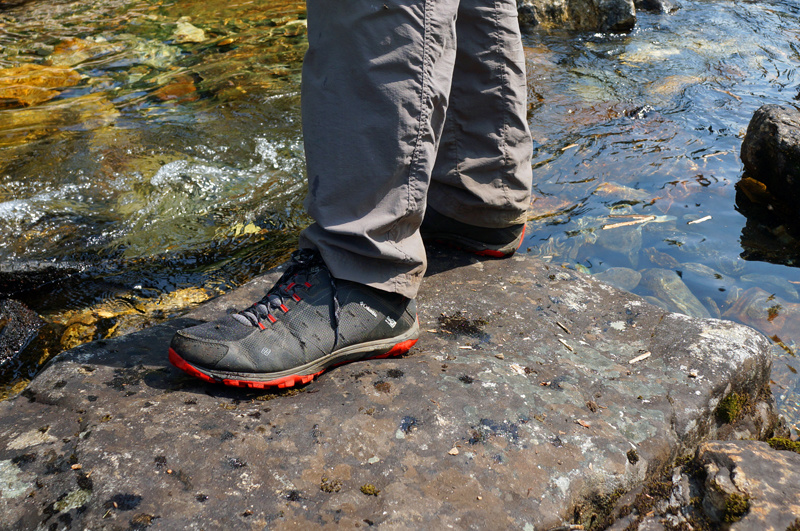
So, Which Should You Choose?
Ultimately, the choice between hiking boots and trail runners comes down to personal preference and the type of hiking you plan to do. If you’re planning a longer, more challenging hike or carrying a heavy load, hiking boots could be the better choice. However, if you prioritize speed and agility, and are planning a shorter, less challenging hike, trail runners may be a better fit.
Whichever option you choose, make sure to invest in a high-quality pair of shoes that fit well and provide enough support for your needs. With the right footwear, you’ll be able to enjoy the great outdoors to the fullest.
 The Outdoor Adventure Giving you tips, tricks & recommendations to help make adventuring in the Outdoors fun, safe & exciting for you and your kids.
The Outdoor Adventure Giving you tips, tricks & recommendations to help make adventuring in the Outdoors fun, safe & exciting for you and your kids.

